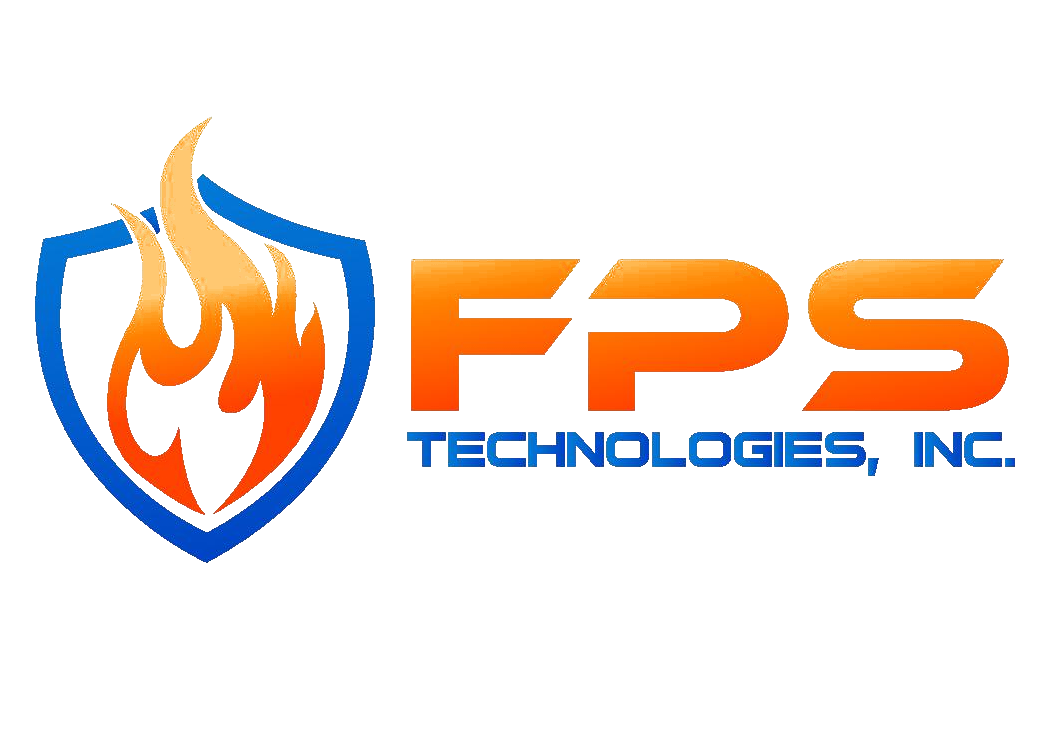Take a minute to look around your room. Don’t get up and move, just look. Is there a fire extinguisher in sight? Do you know where the closest fire extinguisher is?
Fire extinguishers are your first line of defense against your business going down in a blaze. They protect not just your property, but the lives of yourself and your employees. If you aren’t sure where to find one in your business, then it’s time to improve your fire safety.

The most important thing to know about fire extinguishers is that they’re made to stop fires before they spread. The U.S. Fire Administration states that a fire doubles in size every 30 seconds. When we’re talking about a fire in your business, every second counts. In this article, we’re covering all of the fire extinguisher basics to protect your business.
How to Choose the Right Fire Extinguisher
There are 5 classifications for fire extinguishers:
Class A — Prevents combustible fires from items such as wood, paper, textiles, or plastic.
Class B — Prevent fires from flammable liquids such as grease, gas, oil, or paint.
Class C — Put out electrical fires in motors, transformers, or other electrical equipment.
Class D — These extinguishers are for flammable metals such as potassium, lithium, or sodium.
Class K — Class K extinguishers are for cooking greases and oils such as animal and vegetable fats.
Each of these fire extinguishers are designed for a specific purpose. If you use the wrong type of extinguisher on a fire, you can risk making it worse. For more information, see our full article on how to choose the right fire extinguisher.
Tips on How to Operate Your Fire Extinguisher
The NFPA uses a helpful acronym to help you and your employees remember how to operate a fire extinguisher correctly: PASS
- Pull the pin. Hold the extinguisher with the nozzle pointing away from you and release the locking mechanism.
- Aim low. Point the extinguisher at the base of the fire.
- Squeeze the lever slowly and evenly.
- Sweep the nozzle from side to side.

Practice these steps a few times and make sure you know them well. After all, what use is a fire extinguisher you don’t know how to operate?
What Do You Do When You’re Done With Your Fire Extinguisher?
Throwing away a fire extinguisher with the rest of your trash can be harmful to the environment.
Not only can CO2 canisters cause a risk of popping in a trash compactor, but the contents of the fire extinguisher are generally not biodegradable.
Follow these steps to properly dispose of your extinguisher:
- Release any remaining pressure in the canister (note: you’ll want to let the canister sit for a few days to get all of the pressure out)
- Disconnect the head from the cylinder
- Recycle the components somewhere that accepts ferrous metals, like steel
- If you cannot complete any of these steps yourself, drop the extinguisher off at your local fire department
For further information on how to dispose of your fire extinguisher, or for a more detailed description on how to use your fire extinguisher, see our article about how to operate your extinguisher.
Where Did it All Begin? The History of the Fire Extinguisher.
Throughout history, humans have developed a number of different ways to fight fires. From the times of the Romans discovering water pressure to the industrial revolution introducing gas and oil, you can read our full article about the history of the fire extinguisher.
Making the Most of your Fire Extinguisher
It’s not always convenient to store a full-sized extinguisher in some locations, such as a work vehicle. In that case, we recommend using smaller, portable fire extinguishers. They offer the same great protection as a full-sized version, but in a more convenient size.
Did you know that the minute you use an extinguisher, it begins to slowly lose pressure? You can get the most out of your fire extinguisher by having it recharged after you use it rather than throwing it out. We offer recharges, which are a more cost-effective solution than buying a new one.
Maintenance and Use
When was the last time you inspected the fire extinguishers throughout your business? Did you know that fire extinguishers must be inspected annually? Regular maintenance and inspections keep your extinguishers in working condition so that they’re always ready in an emergency.
If you’re interested in learning more about how to use your fire extinguisher or what steps you need to take to maintain it, see our full article on fire extinguisher maintenance and use.
What Fire Extinguishers Mean for You
Fire Extinguishers have saved countless lives throughout the years. What’s important is how many more can be saved with the proper training and maintenance. Taking a few extra precautions like checking your pressure gauges and having a yearly inspection done on your fire extinguisher can be a matter of life and death.
Stopping a fire starts with prevention, and successful prevention starts with the proper training. Some of our other top fire extinguisher tips include:
- Keep your extinguishers in easy to access places
- Make sure you're up to date on your inspections
- Recharge your extinguisher after every use

Remember, fire extinguishers are only meant to deal with fires that are still small. Once a fire has spread to the majority of a room, you should evacuate and not attempt to use a handheld extinguisher.
FPS Technologies offers inspections, recharges, and fire extinguisher training for businesses so you and your team are prepared for an emergency. Contact us today for assistance with your fire extinguishers.




